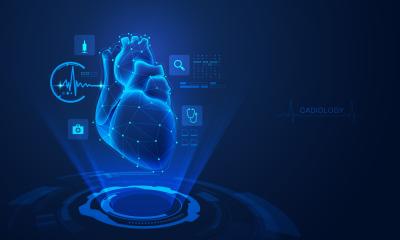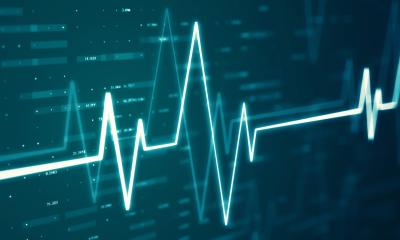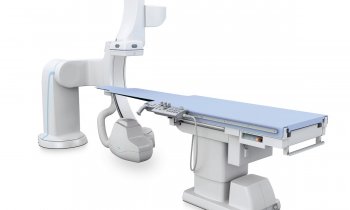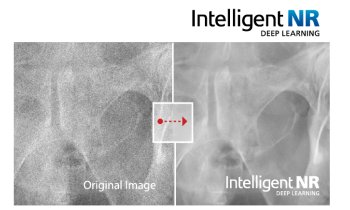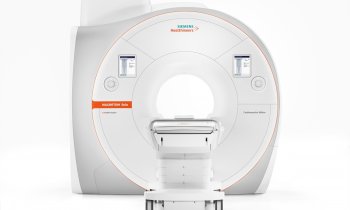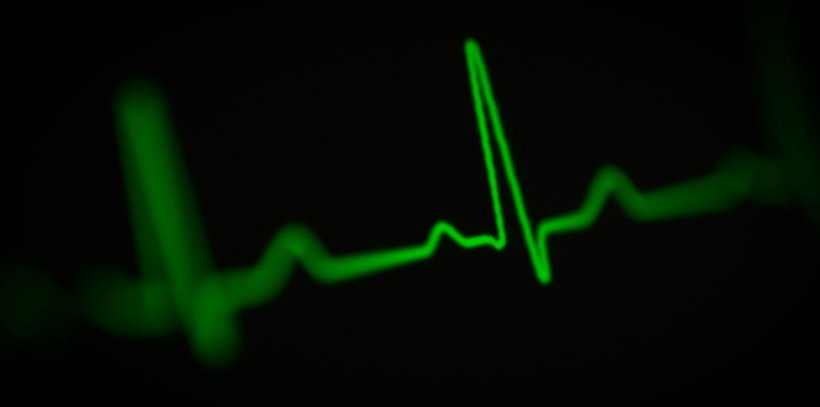
© Joshua Chekov – unsplash.com
News • Deep learning tool shows promise
Long-term ECG: AI algorithm checks heart rhythm
The human heart beats 80,000-120,000 times a day. Long-term ECGs record every heartbeat, and the recording is then scrutinized for abnormalities – arrhythmias – which is a time-consuming process.
In a new study, Linda Johnson, Associate Professor of Cardiovascular Epidemiology at Lund University in Sweden, alongside Jeff Healey, senior scientist at the Population Health Research Institute, a joint institute of McMaster University and Hamilton Health Sciences in Canada, discovered that AI is better than humans at analyzing these long-term ECG recordings.

Image credit: Ingemar Hultquist, Lund University
The current study included 14,606 individual patients who had recorded an average of 14 days of ECG; in total of over 200,000 days of ECG data. These data were reviewed by ECG technicians using standard clinical methodology. The same data were then re-analyzed using an AI algorithm – “DeepRhythmAI” – specifically developed for the task by MEDICALgorithmics, Poland. “We then randomly selected over 5,000 episodes of arrhythmias for intensive, beat-by-beat analysis by 17 panels of expert physicians (mainly cardiologists and electrophysiologists) from all over the world, which provided an extremely high-quality gold standard diagnoses against which we then compared the ECG and AI algorithm interpretation,” says Johnson.
The researchers found that analysis by the AI led to 14 times fewer missed diagnoses of severe arrhythmias (including complete heart block, ventricular tachycardia, and atrial fibrillation). Severe arrhythmias were missed in 0.3% of patients by the AI, compared with 4.4% for the technicians.
The researchers’ intention was not to prove that AI is as good as or better than cardiologists for the diagnosis of specific arrhythmias. Rather, the study sought to determine what would happen if the technicians were replaced, and physicians received reports directly from the AI. If successful, such an approach would be a major innovation that could address the worldwide shortage of trained staff capable of interpreting long-term ECG monitoring.
“There is a shortage of around 15 million health workers worldwide. Ambulatory ECGs need to be analyzed by specially trained staff, often called ECG technicians. Lack of staff leads to a huge bottleneck in healthcare worldwide, and at the same time, patients would benefit if we did more and longer ambulatory ECG recordings, not shorter. We believed that AI could solve this problem. That’s why we wanted to study what happens if you skip the ECG technicians altogether and let an AI algorithm do the job of detecting the arrhythmias, that cardiologists then review” says Johnson.

Image credit: Population Health Research Institute
This is the first study to test not only how good the AI algorithm is at assessing individual selected ECG strips, but also what we could expect to happen if human technicians were replaced by AI.
“Today, most long-term ECG devices use some type of AI to support interpretation, but with varying quality. And there are still long waiting times for long-term ECG monitoring, in some cases many months. If we have a qualified AI model that can review all ECGs, then we would have both much cheaper and faster diagnostics,” says Healey.
When designing this study, there were a few key characteristics that the researchers felt that the AI must have. “It must have near-perfect sensitivity, which means that anything that is a potentially serious arrhythmia must be flagged for assessment by a doctor. This is the most important aspect; patients and physicians would not tolerate any failure to diagnose serious arrhythmias (i.e. false negatives). At the same time, the AI model must not identify too many rhythms that are not serious (i.e. false positives), that then require physician review” states Healey.
The AI model was able to rule out severe arrhythmia with 99.9% confidence in a 14-day ECG recording. The number of false positives (in this context, findings misinterpreted as a serious arrhythmia) was only modestly: 12 per 1,000 recording days for AI compared with 5 per 1,000 recording days for human analysis.
“We have shown what this AI model can do, and how sensitive and accurate it is. I also think it’s an impressive effort by everyone who contributed to the study. In total, there were 50 expert reviewers and cardiologists who all went through the selected ECGs beat by beat. We are very grateful to all those who have supported the idea and invested so much time and commitment,” says Johnson.
Source: Lund University
11.02.2025



